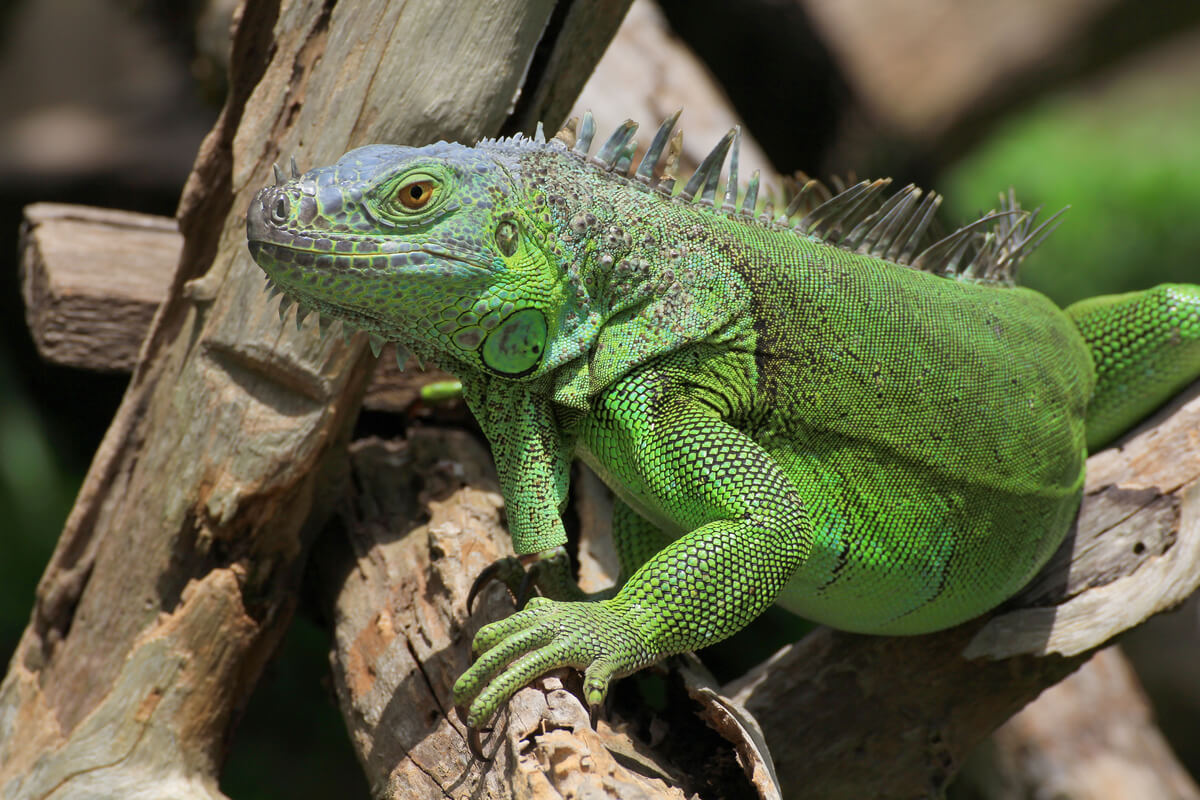How Can You Tell If a Kitten Is Hungry?
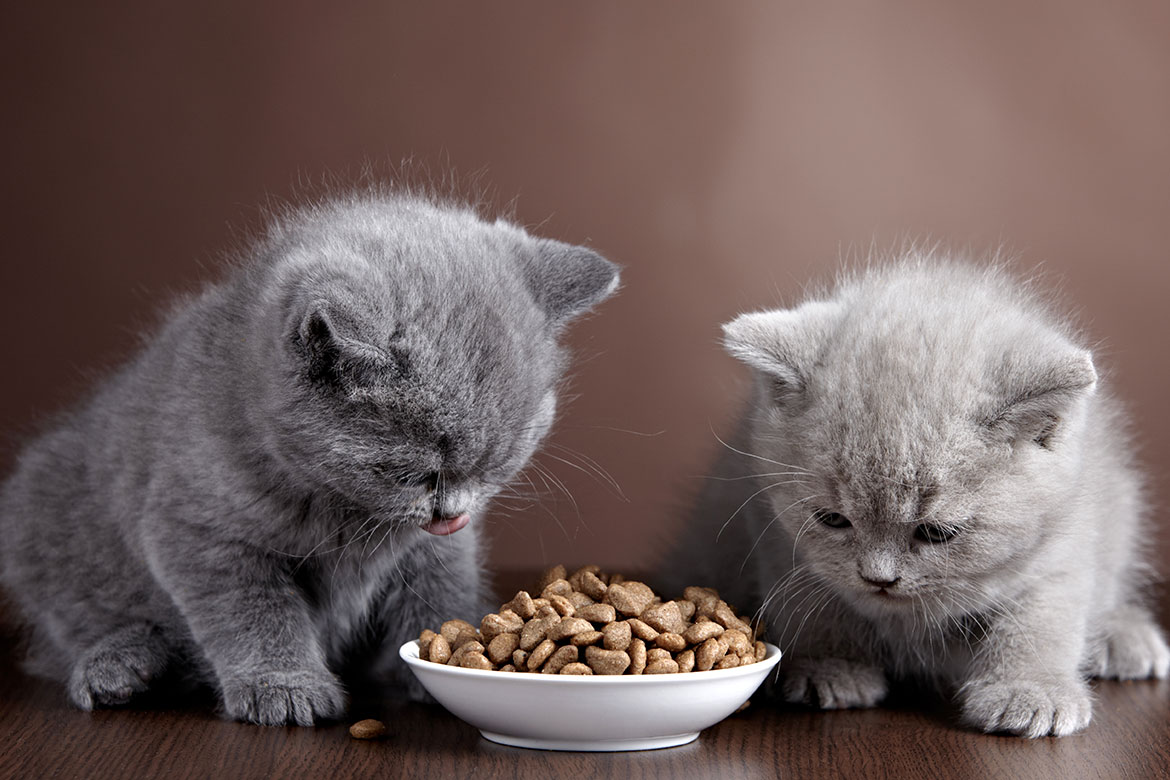
Kittens’ Nutritional Needs
Kittens have high metabolic rates and small stomach capacities, so to ensure ideal growth and energy balance, they need to be fed small portions frequently. Insufficient feeding can slow their development, while overfeeding increases the risk of obesity.
Although specific nutritional requirements and diet types may vary by breed, kittens’ needs are generally similar. It is therefore recommended to feed kittens at least 3–4 times a day, carefully measuring each portion. Excessive feeding or too many treats can negatively impact their health. To establish a consistent routine, offer meals at the same times each day:
- Up to 6 months old: 3–4 meals per day
- 8–12 months old: 2–3 meals per day
Portion sizes should be adjusted based on the kitten’s weight and activity level.
In addition to meal scheduling, consider kittens’ sleep patterns. Kittens often nap after eating, so timing one meal at night can help both you and your kitten sleep uninterrupted. Otherwise, a hungry kitten may meow and disturb your rest.
For variety, you can offer wet food alongside dry kibble—but maintain a balanced mix between the two.
When planning a feeding schedule, also watch for behavioral cues of hunger. Even if they’re not physically hungry, kittens may display “hunger” behaviors to get your attention.
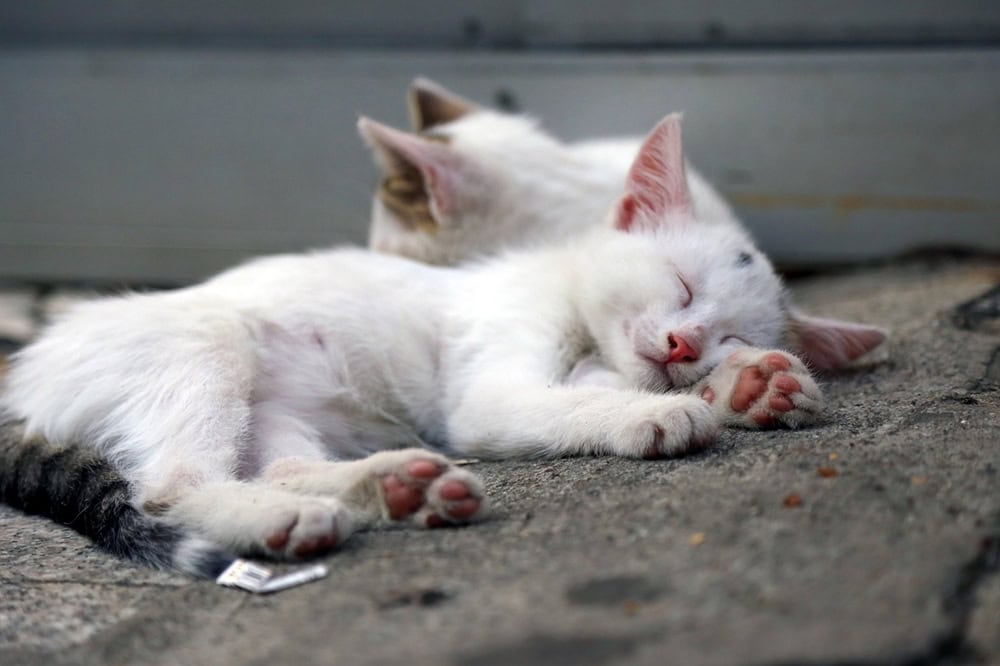
Feeding Habits of Kittens
Kittens have special nutritional needs during their growth and development. Between 4 and 6 weeks of age, when they begin to wean off their mother’s milk, they should be offered high‑protein, vitamin‑rich kitten food. These diets are essential for their bone development and energy requirements. It is recommended to feed kittens 4–5 small meals per day. Always ensure fresh, clean water is available, as proper hydration is vital for healthy growth. Specially formulated wet foods can also effectively meet their nutritional needs. Establishing a regular feeding routine helps your kitten grow up healthy and happy.
Nutritional Phases in Kitten Development
- 0–4 weeks: Kittens rely entirely on their mother’s milk, which provides immunity support and all necessary nutrients. If mother’s milk is unavailable, use a commercial kitten milk replacer.
- 4–8 weeks: Begin introducing high‑quality, easily digestible kitten kibble. Choose formulas rich in protein, vitamins, and minerals, and continue to offer water frequently.
- After 8 weeks: Most kittens can transition fully to solid kitten food. Continue to select nutrient‑dense diets and adjust portion sizes to support their growing bodies and digestion.
Feeding Frequency and Portion Sizes
Kittens grow rapidly during their first 4–6 months and therefore require more frequent meals. A typical daily schedule might look like:
- Morning: First meal
- Noon: Second meal
- Evening: Third meal
- Night: Fourth meal
Feeding every 3–4 hours in small portions helps maintain stable energy levels and supports healthy development. As kittens age, you can gradually reduce meal frequency—by four months many are fine on three meals per day, and by six months two meals may suffice. Always tailor portion sizes to your kitten’s breed, activity level, and growth rate.
Physical Signs of Hunger in Kittens
Watch your kitten’s body language for clues:
- Energy and Activity: A well‑fed kitten is playful and alert. Lethargy or lack of interest in play may signal health or nutritional issues.
- Coat Condition: A glossy, clean coat indicates good health. Dull or unkempt fur can point to parasites or dietary deficiencies.
- Eyes and Ears: Bright, clear eyes and clean ears are signs of wellness. Discharge, redness, or excessive scratching warrants veterinary attention.
Behavioral Indicators of Hunger
Kittens express hunger quite vividly through behavior:
- Vocalization: Meowing or crying increases around feeding times.
- Food-Seeking: Sniffing or pawing at the food bowl, or nosing around where they’ve been fed.
- Restlessness: Pacing, circling, or appearing unsettled, especially if a scheduled meal is delayed.
By maintaining a consistent, adequate feeding schedule and observing these physical and behavioral cues, you can ensure your kitten’s basic needs are met and support its healthy physical and mental development.
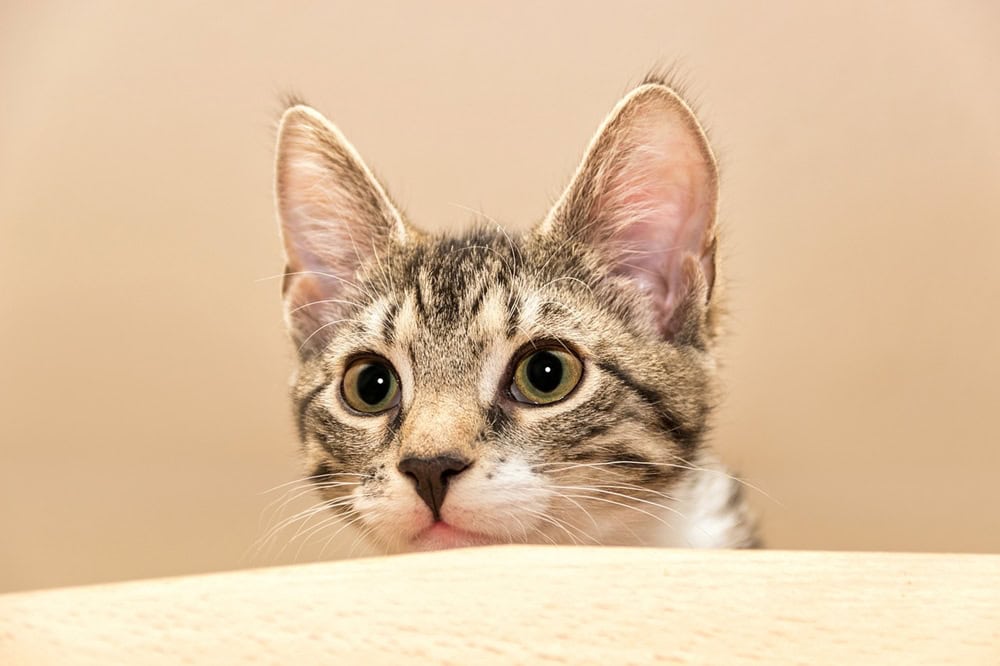
How to Choose Kitten Food
Kits have different nutritional needs than adult cats, so kitten foods are specially formulated. When selecting a kitten formula, consider these key points:
- Nutrient Profile: Look for high‑quality animal proteins, fats, carbohydrates, vitamins, and minerals. These nutrients support rapid growth and development.
- Energy Content: Kittens require more calories per pound than adult cats; choose a formula that meets their higher energy demands.
- Protein Level: A high protein percentage is essential for muscle development and overall growth.
- Fat Content: Sufficient fat delivers concentrated calories and supports healthy skin and coat.
- Vitamins & Minerals: Ensure the food supplies all growth‑supporting micronutrients in appropriate amounts.
- Age & Weight Specificity: Pick a product designed for your kitten’s life stage and size.
Recommended Feeding Schedule
A thoughtfully planned feeding program helps kittens grow strong and healthy.
Age Range Meals per Day Portion per Meal
| 0–4 months | 3–4 | ~¼ cup kitten kibble
| 4–6 months | 2–3 | ~½ cup kitten kibble
| 6+ months | 2 | ~1 cup adult cat food
- Always keep fresh water available.
- Adjust quantities based on your kitten’s appetite, activity level, and growth rate.
- Place bowls in quiet, easily accessible locations, and keep them clean to encourage good eating habits.
Types of Kitten Food
- Dry Kitten Food
- Long shelf life
- More economical
- Concentrated nutrition
- Helps maintain dental health
- Wet (Canned) Kitten Food
- High moisture content supports hydration
- Often more palatable
- Easier to chew and digest
- Mixed Feeding
- Combines dry and wet formulas
- Balances crunch for teeth with moisture for hydration
When choosing a product, read labels to compare protein, fat, vitamin, and mineral levels, and always match the food to your kitten’s age and breed size.
Popular Kitten Food Brands
- Advance Kitten Formula
- Premium protein and fat sources
- Enriched with essential vitamins and minerals
- Easily digestible ingredients
- Available for different breeds and age groups
- Hill’s Science Diet Kitten
- High animal‑protein content
- Supports healthy growth with natural antioxidants
- Multiple flavor options
- Purina ONE Kitten Formula
- Quality animal proteins
- Natural fiber for digestive health
- Promotes skin and coat wellness
- Budget‑friendly
- Pro Nutrition Kitten
- High‑energy, high‑protein blend
- Includes natural prebiotics for immune support
- Variety of flavors and formats
There are many other reputable kitten foods on the market—always choose a formula from a trusted brand that clearly lists its ingredient and nutrient guarantees.
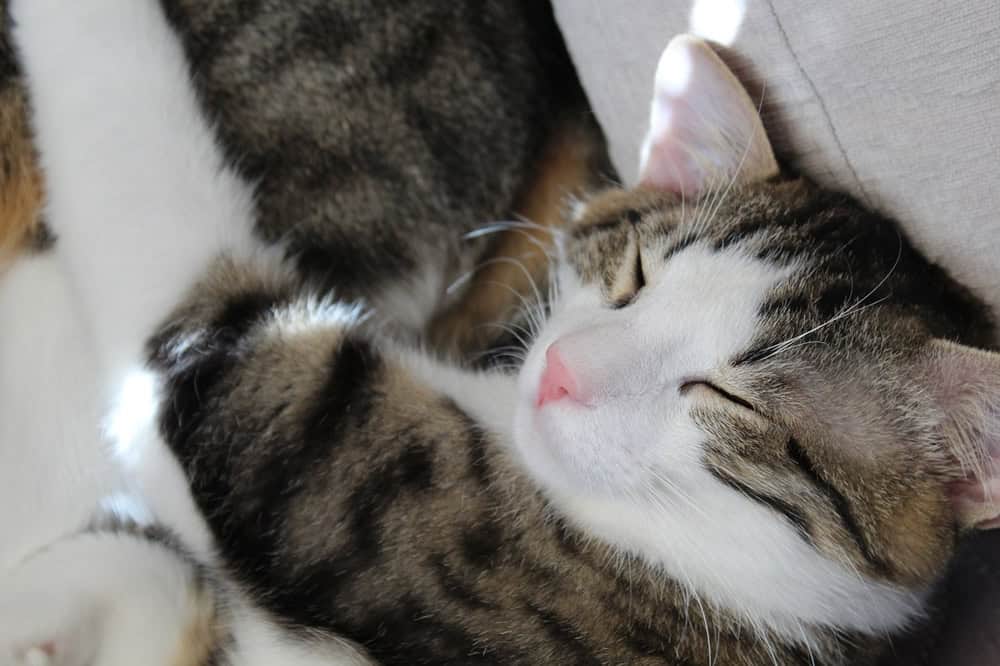
Developing Healthy Feeding Habits in Kittens
Establishing proper feeding habits in kittens is crucial for their healthy growth and development—and sets the foundation for lifelong wellness. When shaping your kitten’s eating routine, keep these key points in mind:
- Location of the Food Bowl:
- Place the feeding area where your kitten can access it easily and feel safe. Choose a quiet, calm corner free from foot traffic and noise.
- Design of the Food Bowl:
- Use a shallow, wide dish so your kitten can eat comfortably without whisker fatigue. Opt for materials (stainless steel or ceramic) that are easy to clean and won’t harbor bacteria.
- Cleanliness of the Bowl:
- Wash both dry and wet food dishes after every meal. Using separate bowls for kibble and wet food helps prevent cross‑contamination and keeps each meal fresh.
- Meal Schedule:
- Feed your kitten at consistent intervals throughout the day to prevent hunger and maintain stable energy levels. A regular timetable helps them anticipate mealtimes and discourages begging.
- Portion Control:
- Measure portions according to your kitten’s age, breed, and activity level. Avoid free‑feeding and excessive treats to ensure balanced nutrition and healthy weight gain.
- Variety in Diet:
- Introduce different flavors and textures—dry kibble, wet pâté, and morsels—to keep your kitten interested in meals and encourage exploratory eating habits.
- Play and Exercise:
- Nutrition and activity go hand in hand. Provide plenty of interactive play and opportunities for physical exercise to help your kitten burn calories, build muscle, and develop coordination.
By paying attention to bowl setup, meal timing, portion sizes, dietary variety, and play, you’ll foster positive feeding habits that support your kitten’s physical health and emotional well‑being well into adulthood.

